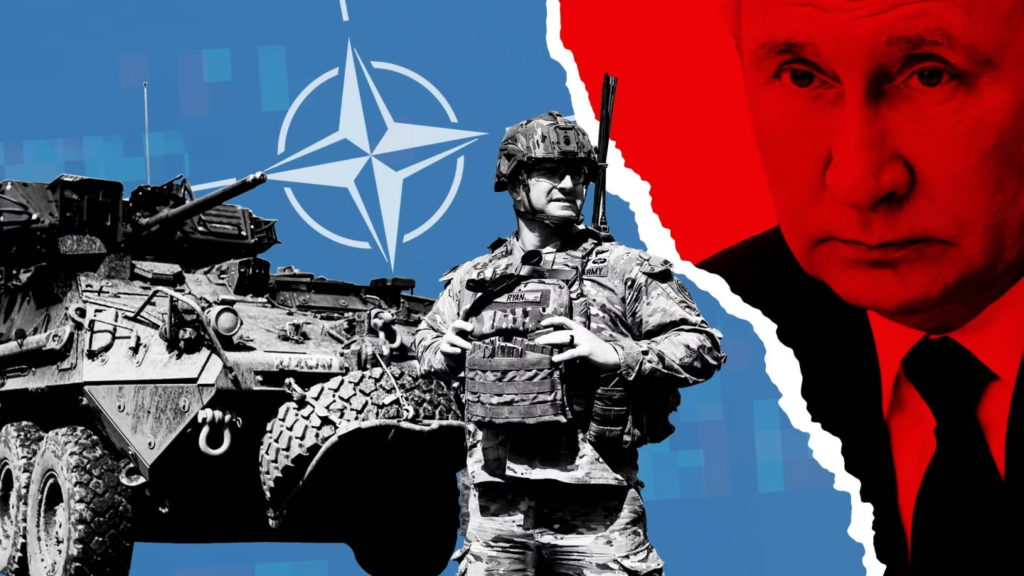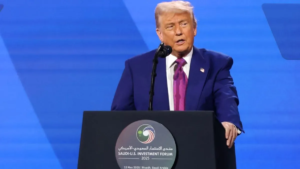The Future of NATO and American Military Presence in Europe
The United States Secretary of Defense, Pete Hegseth, recently issued a stern warning to NATO allies in Europe: the American troop presence on the continent should not be assumed to last indefinitely. This assertion underscores the pressing need for European nations to bolster their defense spending and take on a more substantial role in their own security.

Historical Context
Since the end of World War II, the United States has maintained a significant military presence in Europe, primarily through NATO. This deployment has been pivotal in deterring Soviet, and later Russian, aggression, while fostering a period of relative peace and stability in the region. However, the strategic landscape has evolved, and new challenges have emerged that require a reassessment of military commitments and responsibilities.
Rationale Behind the Warning
Hegseth’s warning reflects a broader shift in American foreign policy, emphasizing burden-sharing and strategic realignment. Several factors contribute to this change:
- Economic Constraints: The United States faces significant economic challenges, including mounting national debt and budgetary constraints. Sustaining a large military presence abroad is financially demanding and requires justifiable strategic benefits.
- Global Threats: The rise of China as a global power, coupled with persistent threats from rogue states and non-state actors, necessitates a more flexible and globally responsive military posture. The U.S. must allocate resources to address these diverse challenges effectively.
- European Capabilities: Many European NATO members have lagged in meeting the alliance’s defense spending benchmark of 2% of GDP. This disparity in defense investment has led to calls for greater European responsibility in collective security.
Implications for NATO
The warning from the U.S. Defense Secretary has profound implications for NATO and its future:
- Increased Defense Spending: European NATO members must heed the call to increase their defense budgets. Enhanced investment in military capabilities will ensure a more balanced and resilient alliance, capable of addressing contemporary security threats.
- Strategic Autonomy: Europe’s reliance on American military support must be recalibrated. Developing strategic autonomy will enable European nations to take a more proactive role in their security, reducing dependence on the U.S. and enhancing regional stability.
- Strengthened Transatlantic Relations: A more equitable distribution of defense responsibilities will foster stronger transatlantic relations. Mutual respect and shared burdens will enhance cooperation and trust within the alliance.
The future of NATO hinges on the ability of its members to adapt to a changing geopolitical landscape. Pete Hegseth’s warning serves as a wake-up call for European nations to take greater ownership of their defense. By increasing defense spending and developing strategic autonomy, European NATO members can ensure the continued strength and relevance of the alliance in safeguarding regional and global security.










